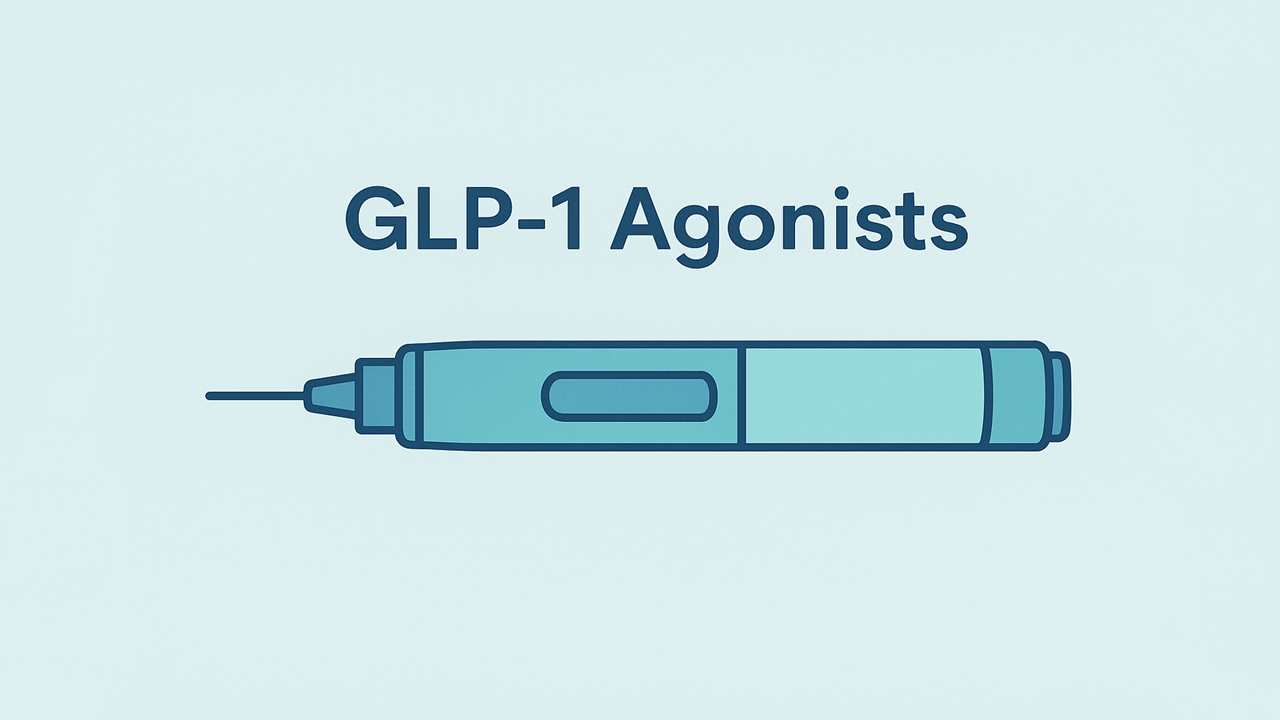Research-Backed Supplements for Treating Mastocytosis & Mast Cell Activation Syndrome (MCAS)
I learned the hard way that Mast Cell Disorders can throw your entire body off balance—whether it’s Mast Cell Activation Syndrome (MCAS) or Mastocytosis. Both can feel like your immune system decided to host a chaotic party, unleashing chronic rhinitis, sinusitis, fatigue, tachycardia, and all sorts of “fun” episodes.
In my case, I spent years in Japan being told I was imagining things, to the point doctors tried sending me to a psych ward. Eventually, I took matters into my own hands, flew to the U.S. (For the second time after a similar situation with Wilson’s Disease), and paid out of pocket for proper testing. By 2024, I finally had my official diagnosis, and it explained not just my mast cell issues but also how they fueled my Wilson’s Disease by affecting the liver and intestines.
Mast Cell Activation Syndrome (MCAS) typically involves “normal” mast cells that release too many mediators, sparking symptoms like rashes, brain fog, or gut troubles. Mastocytosis, on the other hand, is characterized by an overproduction or clustering of mast cells, which can infiltrate organs such as the skin, bone marrow, or GI tract. Despite their differences, both conditions share the same troublemaking mast cells—just in varying numbers and severity.
Sometimes, MCAS can present like a milder but more unpredictable form of mast cell activation, while Mastocytosis may feature more pronounced episodes due to the sheer volume of abnormal cells. Either way, diagnosing these conditions often involves specialized tests (like serum tryptase and plasma histamine) and a good dash of persistence. Below is a structured look at what helps manage them—starting with prescription treatments and moving into supportive supplements.
Prescription Treatments
H1 Blockers
These are antihistamines that work on H1 receptors. They help reduce symptoms like itching, hives, and that near-fainting sensation. Think over-the-counter meds such as cetirizine or loratadine.H2 Blockers
Often referred to as “stomach antihistamines,” these reduce stomach acid by blocking histamine at H2 receptors. They can help curb GERD-like issues, especially when PPIs (proton pump inhibitors) fail to do the job.Leukotriene Inhibitors
Chemicals called leukotrienes contribute heavily to inflammation, leading to swelling and asthma-like symptoms. Montelukast is a popular option that helped calm my rhinitis and shortness of breath.Mast Cell Stabilizers
Cromolyn sodium is the usual example, preventing mast cells from releasing their chemical arsenal (histamine, tryptase, etc.). Some doctors are reluctant to prescribe them, so self-education can be key if you suspect you need this category.Other Therapies
In more severe cases, corticosteroids or immunosuppressants might be used. Everyone’s body responds differently, so it’s all about finding the right combo under medical guidance.
Supplements That Help
Luteolin
A flavonoid proven to inhibit mast cell mediator release. Some research even suggests it can outdo cromolyn sodium in certain respects. A valuable option for those looking to add a natural stabilizer to their regimen.Quercetin
Another powerhouse flavonoid that stabilizes mast cells and eases inflammation. It’s abundant in apples, onions, and everyday foods, and studies compare its efficacy to cromolyn for specific allergic responses.DAO (Diamine Oxidase)
An enzyme that breaks down histamine in the gut. Perfect for those who feel wiped out after eating histamine-rich foods like coffee, chocolate, or nuts. Supplementation can limit your worst post-meal meltdowns.Vitamin C
A basic but essential antioxidant, it helps lower total histamine levels and boosts immune function. Some find it lessens mild MCAS flares, and it’s affordable and widely available.Other Options
NAC (N-acetyl cysteine) or curcumin occasionally come up in user stories, though evidence is mixed. If your system is overly reactive, a cautious trial under medical supervision might be worth it.
Final Advice & Closing Note
Mast cell disorders can get worse over time if left untreated, potentially affecting multiple organs. So, pay attention to early symptoms and insist on the proper tests—especially if your doctor hesitates. Sometimes, paying out of pocket may literally save your life.
Combining the right prescriptions with carefully chosen supplements can transform a life of ER visits and daily misery into something more manageable. It’s not a perfect cure, but knowledge is power, and self-advocacy matters. Whether you’re battling a stubborn healthcare system or dealing with skeptical doctors, don’t give up. Because if you don’t fight for your health, who will?
References
Int Arch Allergy Immunol (2024); Luteolin Is More Potent than Cromolyn...
Review J Biol Regul Homeost Agents (2013); Luteolin inhibits mast cell...
PLoS One (2012); Quercetin Is More Effective...
Nutrients (2021); The Complex Interplay between...
Blood (2023); Recombinant Human Diamine Oxidase...
Immune Health & Autoimmunity (2025)




